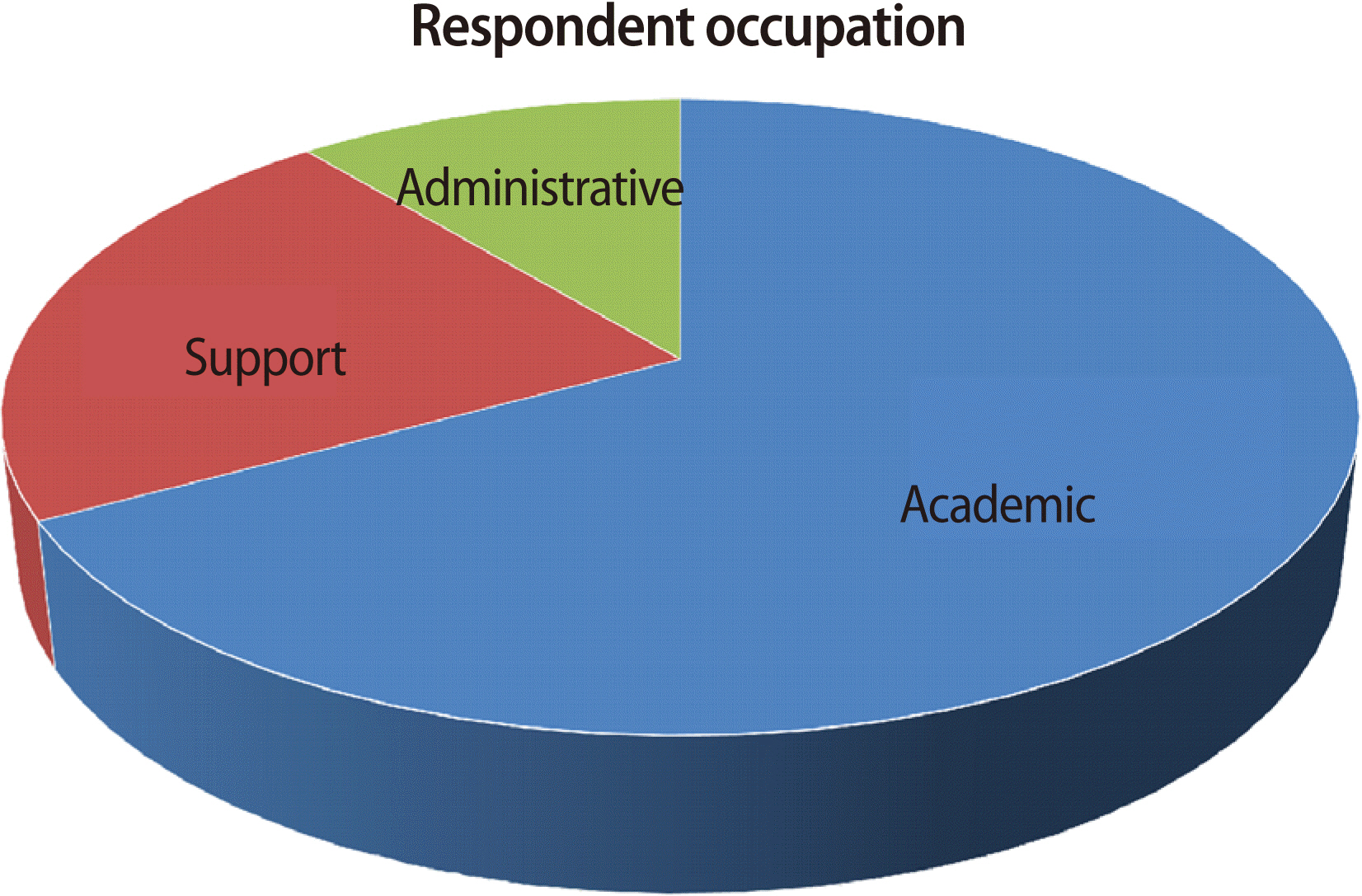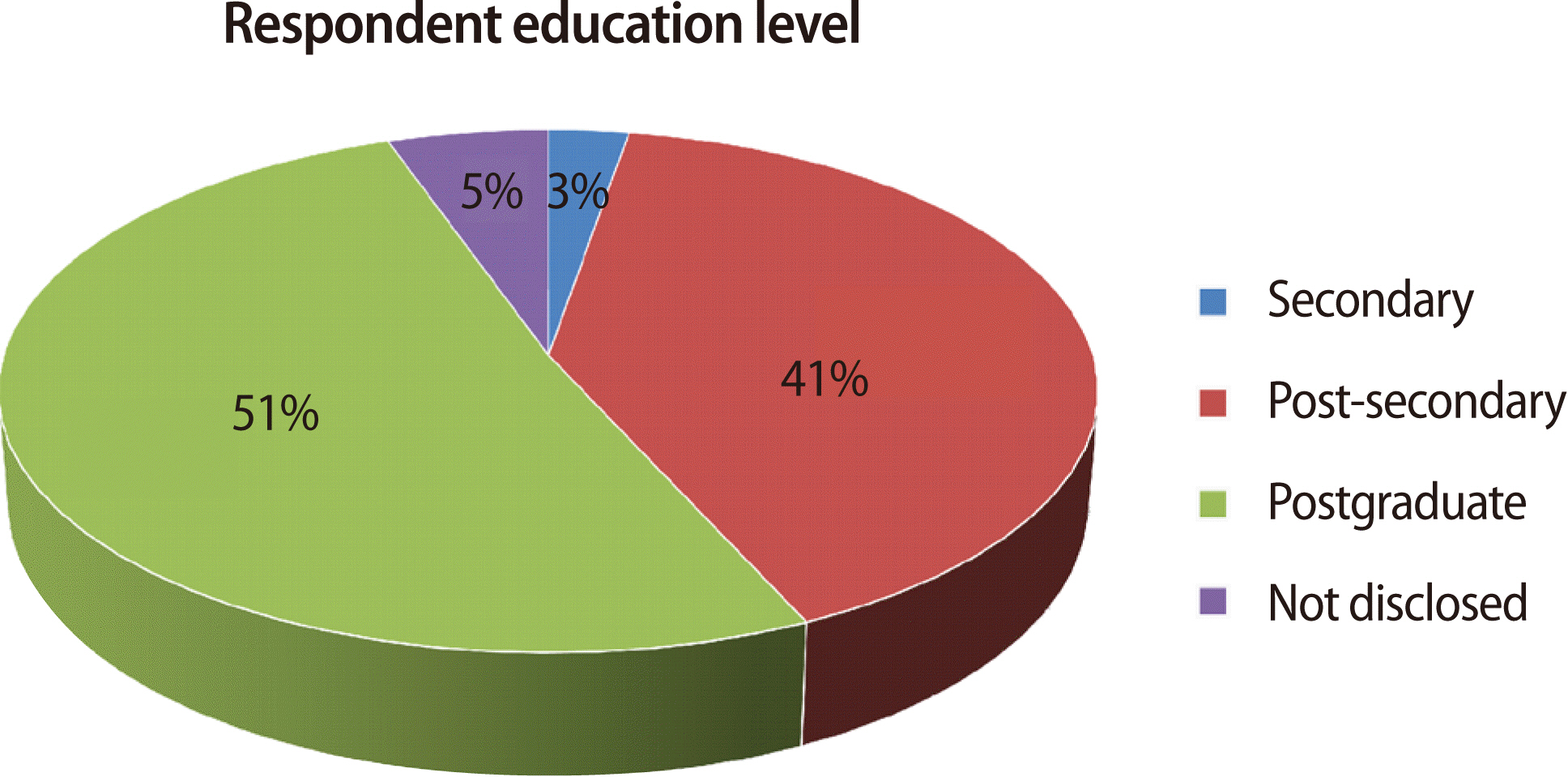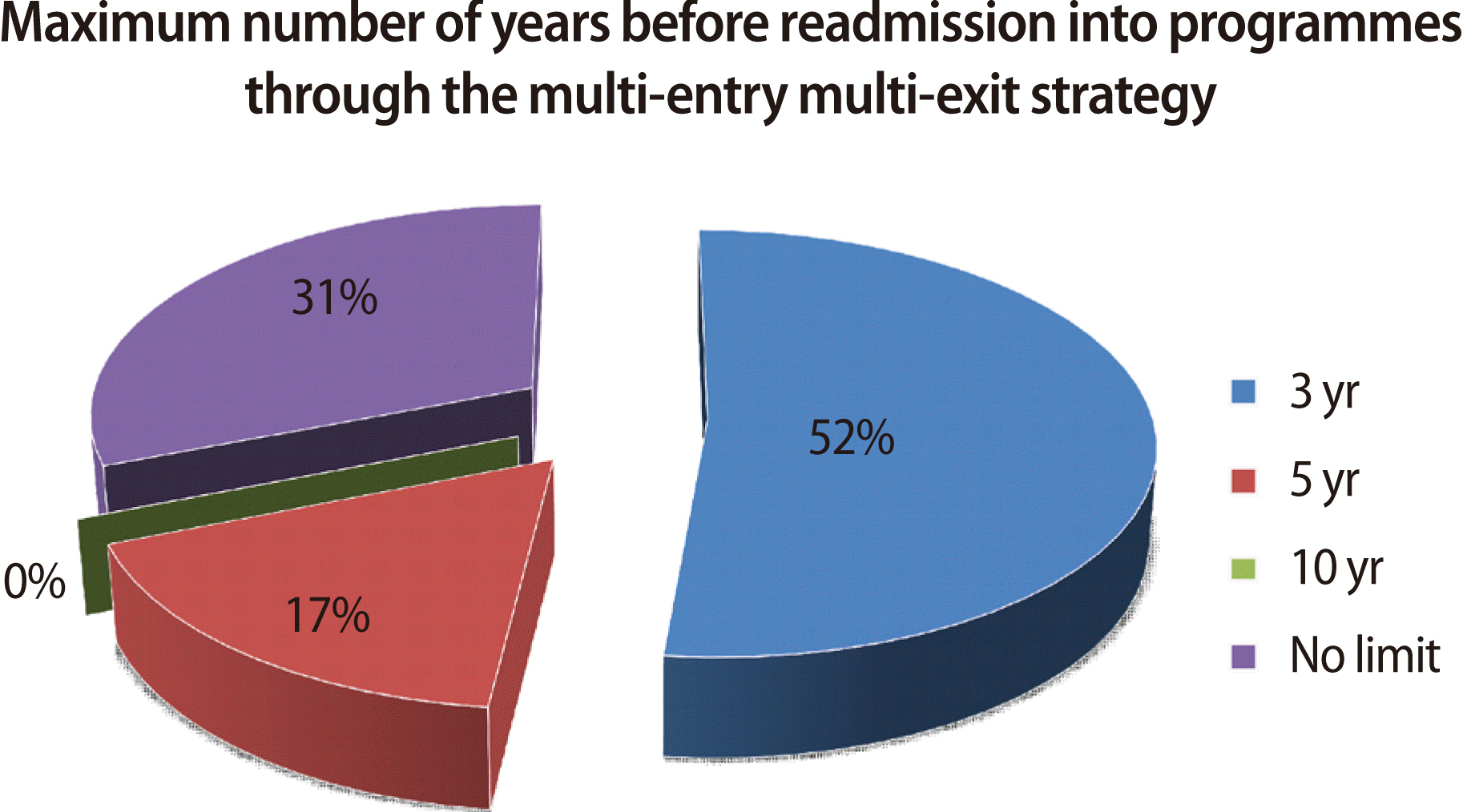J Educ Eval Health Prof.
2012;9:11.
Strengthening the admissions process in health care professional education: focus on a premier Pacific Island medical college
- Affiliations
-
- 1Department of Health Science, College of Medicine, Nursing and Health Sciences, Fiji National University, Fiji. christian.ezeala@fnu.ac.fj
- 2Department of Communication and Language and Literature, College of Humanities and Education, Fiji National University, Fiji.
- 3Health Professions Education Unit, College of Medicine, Nursing and Health Sciences, Fiji National University, Fiji.
Abstract
- Relying solely on measures of intellectual aptitude and academic performance in university admissions can be disadvantageous to underprivileged students. The Fiji School of Medicine primarily uses such measures to evaluate and select student applicants, and the introduction of supplementary assessments could provide better access for students from disadvantaged backgrounds. This study examined the need for supplementary assessments in the admission process, types of additional assessments needed, and stakeholders' views on a multi-entry multi-exit strategy currently in use at the Fiji School of Medicine. A survey of the key stakeholders was conducted in February and March 2012 using closed and open ended questionnaire. One hundred and twenty-two validated questionnaires were self-administered by key stakeholders from the College of Medicine, Nursing and Health Sciences (CMNHS) and Fiji Ministries of Education and Health, with a response rate of 61%. Returned questionnaires were analysed quantitatively and qualitatively. Sixty-five percent of respondents supported the introduction of supplementary assessments, 49% favoured admissions test, and 16% preferred assessing non-academic factors. Many respondents supported the School's multi-entry multi-exit strategy as a 'good policy' that provided 'flexibility' and opportunity for students, but should be better regulated. These findings demonstrate the need for supplementary assessments in the selection process and for continued support for the use of multi-entry multi-exit strategy at the school.
Keyword
MeSH Terms
Figure
Reference
-
1. World Federation for Medical Education. Basic medical education: WFME global standards for quality improvement. Copenhagen: World Federation for Medical Education;2003. [cited 2012 Jun 28]. Available from: http://www.wfme.org/standards/bme.2. Rouse I. The ‘regional’ medical school in Fiji: 125 years young – what an amazing journey. Pac Health Dialog. 2010; 16:5–6.3. Ezeala CC. 125 years of health professions education at the Fiji School of Medicine. 2010. [cited 2012 Jul 19]. Available from: http://www.faimer.org/education/fellows/observations.html#cezeala.4. Ezeala CC. Admission scores as a predictor of academic success in the Fiji School of Medicine. J High Educ Police Manag. 2012; 34:61–6.
Article5. Tracey TJ, Sedlacek WE. Factor structure of the noncognitive questionnaire- revised across samples of black and white college students. Educ Psychol Meas. 1989; 49:637–48.6. Smits PB, Verbeek JH, Nauta MC, Ten Cate TJ, Metz JC, van Dijk FJ. Factors predictive of successful learning in postgraduate medical education. Med Educ. 2004; 38:758–66.
Article7. Lynch CD, McConnell RJ, Hannigan A. Dental school admissions in Ireland: can current selection criteria predict success? Eur J Dent Educ. 2006; 10:73–9.
Article8. Fuertes JN, Sedlacek WE. Using noncognitive variables to predict the grades and retention of Hispanic students. Coll Stud Aff J. 1995; 14:30–6.9. Bandalos D, Sedlacek W. Predicting success of pharmacy students using traditional and non-traditional measures by race. Am J Pharm Educ. 1989; 53:145–8.10. Sedlacek WE. Beyond the big test: noncognitive assessment in higher education. San Francisco: Jossey-Bass;2004.11. Sedlacek WE. Why we should use noncognitive variables with graduate and professional students. The Advisor. 2004; 24:32–9.12. Wilks J, Wilson K. Going on to uni? Access and participation in university for students from backgrounds of disadvantage. J High Educ Policy Manag. 2012; 34:79–90.
Article13. Sedlacek WE, Sheu HB. The academic progress of undergraduate and graduate Gates Millennium Scholars and non-scholars by race and gender. Read Equal Educ. 2008; 23:143–177.14. Eva KW, Rosenfeld J, Reiter HI, Norman GR. An admissions OSCE: the multiple mini-interview. Med Educ. 2004; 38:314–26.
Article15. Sedlacek WE. Employing noncognitive variables in selecting and developing students in higher education [Internet]. 2011. [cited 2012 Jun 28]. Available from: http://www.nacacnet.org/events/critical/Documents/EmployingNoncognitiveVariables.pdf.16. Sedlacek WE. Using noncognitive variables in assessing readiness for higher education. Bowman PJ, St John EP, Stillman PK, editors. Diversity, merit, and higher education: toward a comprehensive agenda for the 21st century. New York: AMS Press;2011. p. 187–206.17. Harris S, Owen C. Discerning quality: using the multiple mini-interview in student selection for the Australian National University Medical School. Med Educ. 2007; 41:234–41.
Article
- Full Text Links
- Actions
-
Cited
- CITED
-
- Close
- Share
- Similar articles
-
- A two-year progress report on medical education standards in the Western Pacific: Presidential address 2018
- Reforming medical education for strengthening primary care
- Care Grading System and the Professional Role of Long-term Care Insurance
- Job Analysis of Health Guide Nurse for Role Identification: Focusing on Annual Health Guidance Membership Service
- Interprofessional Education in Medical Education: Can We Break the Silos?




